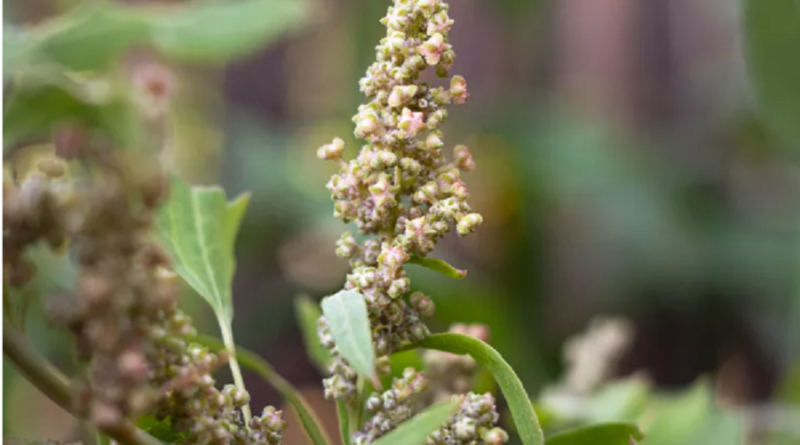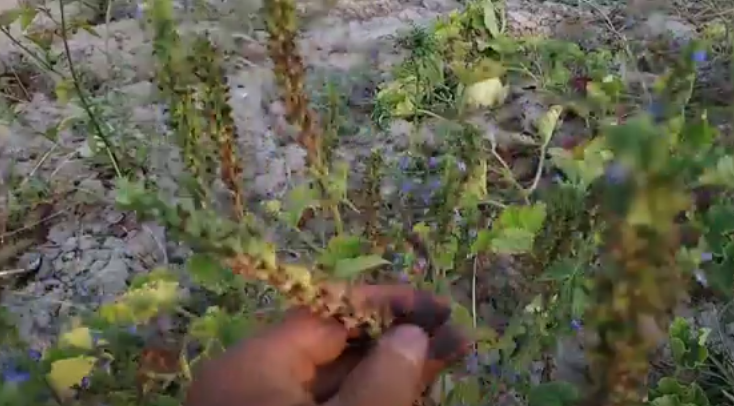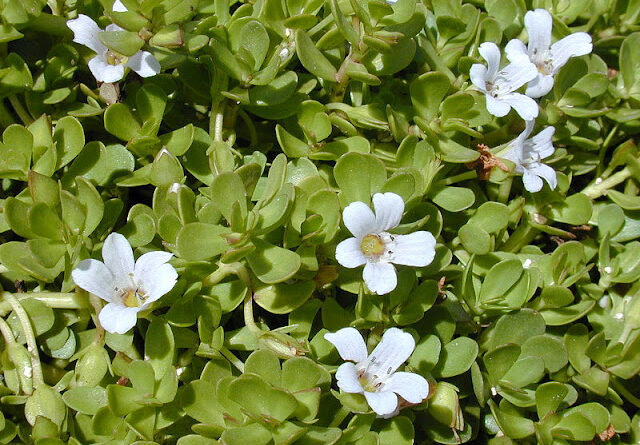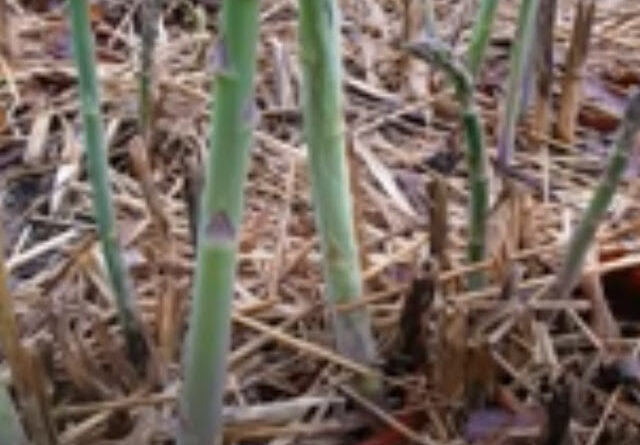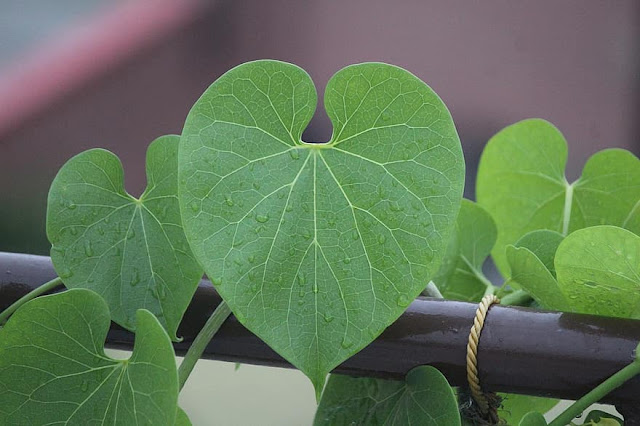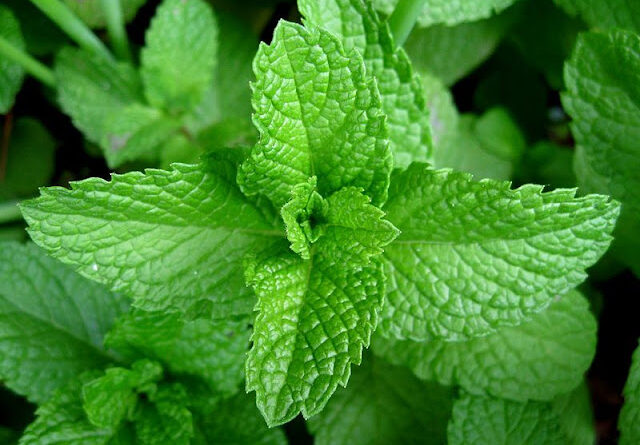Cultivation of Lemon Grass to Boost Farm Income
From 2025 to 2035, the market for lemongrass oil is anticipated to expand gradually in several important nations. With the greatest CAGR of 5.0%, India leads the world in demand due to its widespread use in cosmetics and traditional medicine
Read More

